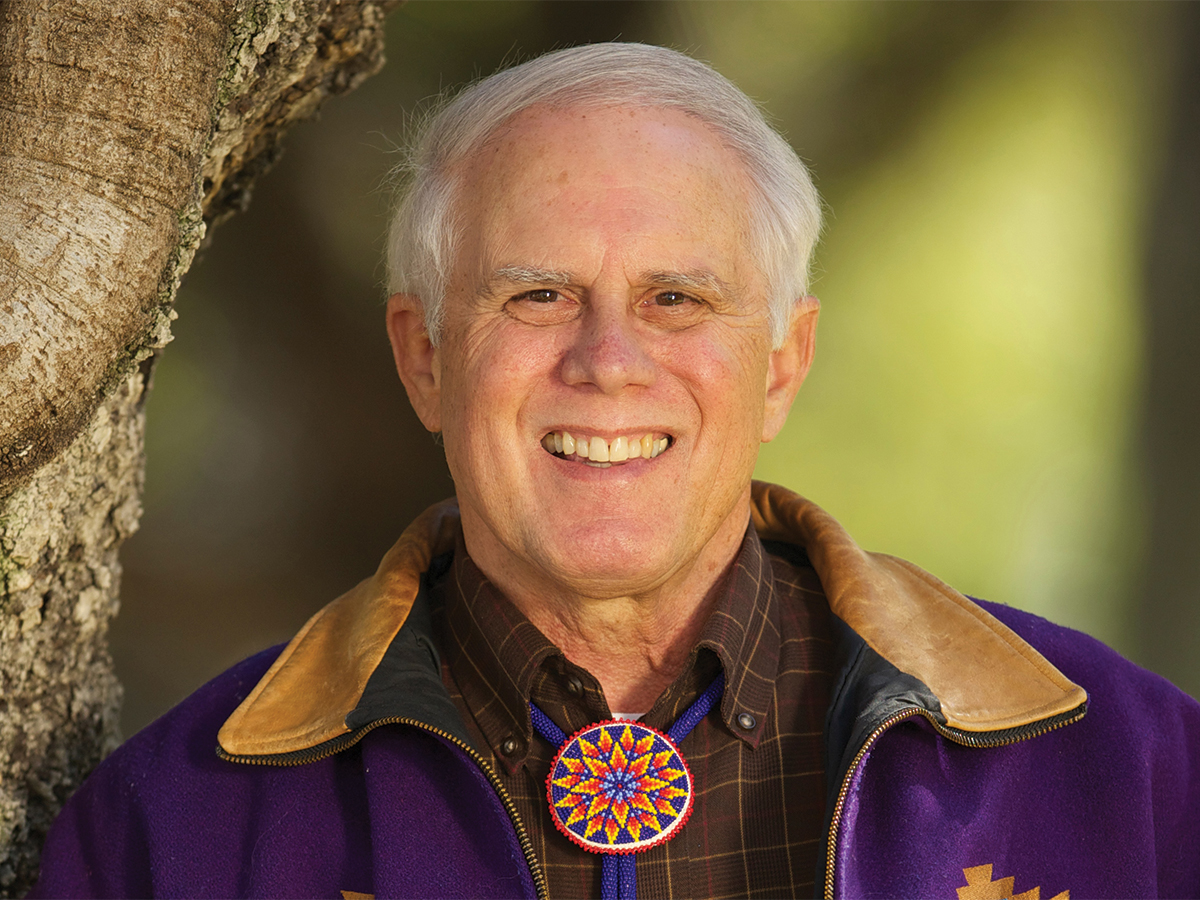
A new book, “Shadows of Sherman Institute,” co-written by UCR professor Clifford Trafzer, highlights the private boarding school life of Native American children through the use of a collection of photos.
Native American boarding schools were established during the late 19th century to educate and assimilate Native American children and help them join American society as an additional labor force. “The purpose of the boarding schools was to destroy all that was Indian within the Indian child,” specified Trafzer, “To destroy their culture, their music, their language, their eating habits, their work habits and that’s what the boarding schools were all about.”
Trafzer utilizes the term “cultural genocide,” originally coined by Raphael Lemkin in 1942, as the main theme throughout his book. “Lemkin said that genocide is more than just killing people. It’s also making sure that they can’t reproduce. It means that you can destroy their livelihood, destroy their economies,” explained Trafzer. Another segment of the definition includes “separating children from their parents and their people,” which is how he believes the boarding schools practiced cultural genocide.
The book is one of many award-winning works Trafzer has authored, including “Earth Song, Sky Spirit” and “Death Stalks the Yakama: Epidemiological Transitions and Death on the Yakama Indian Reservation, 1888-1964”.
Trafzer, a descendant of Wyandot Indian and German parents, was raised in Yuma, Arizona near Fort Yuma Indian Reservation with the Quechan tribe. “I was always interested in Native American history and when I went off to college at Northern Arizona University, a lot of Indians were going to school there and some of my friends there were Navajo,” said Trafzer. His close proximity to the Navajo people and his work as an archivist led to his master’s thesis and his Ph.D dissertation on Navajo history.
Before joining the UCR faculty in 1991, Trafzer worked as a museum curator for the Arizona Historical Society starting in 1973, where he found his love for oral history telling. He then taught American Indian History at Navajo Community College, where he wrote “Kit Carson Campaign: The Last Great Navajo War” about the Navajos’ account of the Trail of Tears and the Long Walk.
Trafzer went on to teach American Indian studies at Washington State University in the history department, specializing in the Indian cultures of the western Canadian plateau between the Rocky Mountains and the Pacific Coast Ranges. He mentioned “I knew very little about the people of the northwest, especially the plateau. So I started a research project that I continue today and write on about the plateau Indians, specifically the Palouse Indians.” This work eventually lead to his next book, “Renegade Tribe: The Palouse Indians and the Invasion of the Inland Pacific Northwest,” which won the 1986 Washington Governor’s Writers Award for the best non-fiction in northwestern history.
After the death of his father, he moved back to the Southwest to be closer to his mother in Yuma and became chair of American Indian Studies at San Diego State University in 1982. Trafzer then started the American Indian studies program in UCR’s Ethnic Studies department after joining in 1991. He transferred to the history department in 2001 because he says he wanted to work with graduate students, which ethnic studies did not have at the time.
Trafzer’s next book will be on “field nurses or public health nurses who worked among our local tribes, all Southern California Indians, during the period from 1928-1948.” They were hired by the Bureau of Indian Affairs to visit all the reservations and meet with families to teach them health education and prevent diseases.
“I love what I do. I love to teach and I love to research and write,” concluded Trafzer. His upcoming works include the aforementioned book about field nurses and a biography of Wyandot medicine woman Eleonore Sioui.








